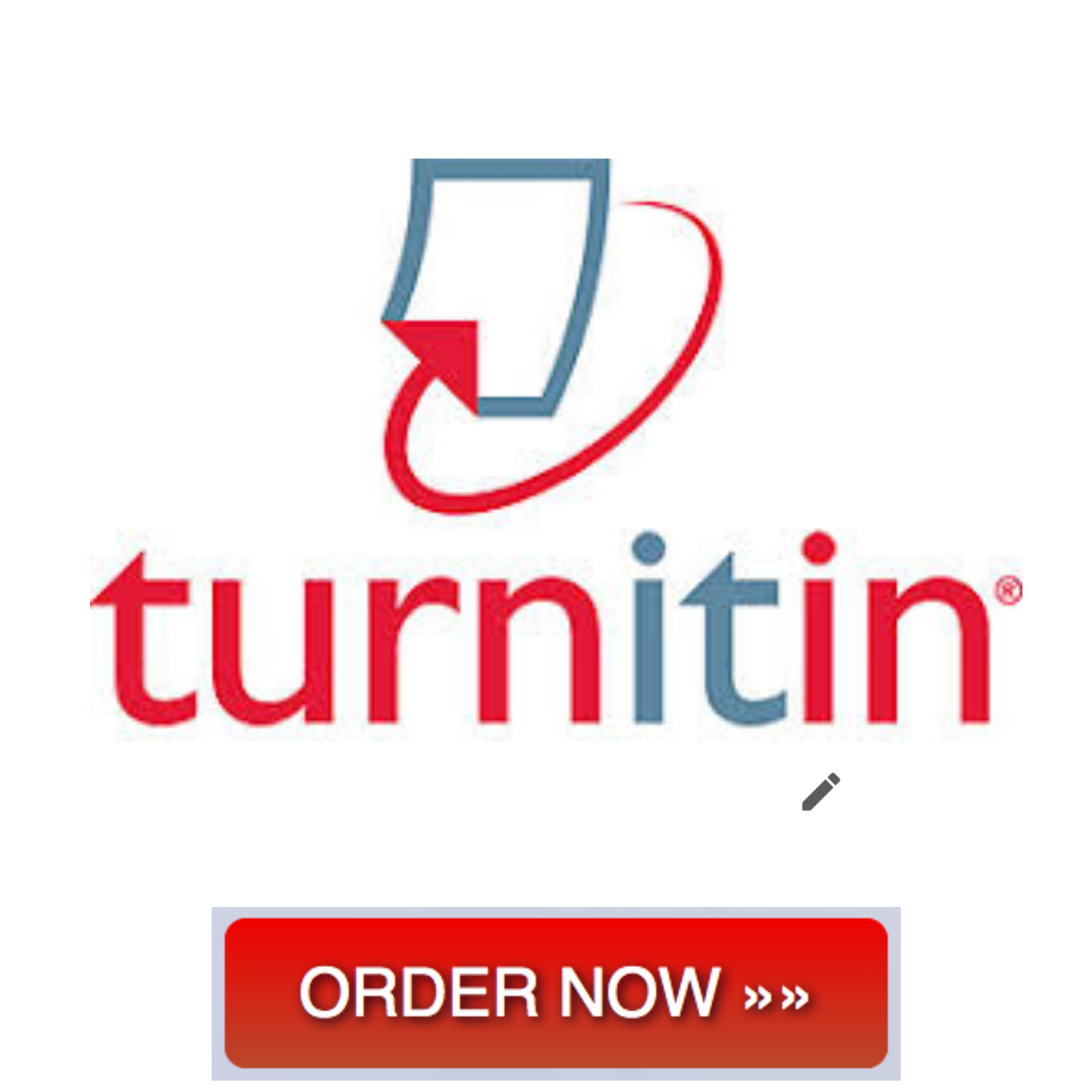Learning Purpose: The learning purpose of the Project Paper is to provide the participant the opportunity to both go beyond the text and to delve more deeply into a specific HFE problem that needs solving in their workplace.
What it is NOT: This is NOT a research paper. This is a work-related project with an HFE solution. But you WILL have to scan outside resources in search of appropriate analyses and countermeasures. See note on references later in this specification.
Topics: Topics MUST relate to an existing HFE problem at your workplace or within your industry.
Paper Length: The #1 reason for topics being disapproved is their scope is too broad. This is a 18 (+2/-3) page paper and needs to be tightly focused. The 18 pages are content – exclusive of formatter or references.
Relevancy: This course is, by and large, taken by working adults. The topics chosen should be consistent with and relevant to what you are currently doing or intend to do in the world of work. This is not a busy-work assignment, but an opportunity to take course learnings and apply them to your workplace. (Your boss will love it!)
Further this is a human factors and a quality course, so your term project topic and content must be relevant to these areas as well.
Format:
The ground rules:
- Is specifically related to a relevant HFE topic
- Is cast in your workplace (present if at all possible)
- Is in a “HFE Problem, HFE Countermeasure solution” format
- Is narrow enough in scope to do justice in the 18-page assignment length (this is the number 1 reason for topics being disapproved — the scope is to broad
Methodology:
The methodology section describes the research design or approach in depth. This should be a detailed and clearly written description which permits a precise replication of the study. The sections described below apply mainly to a quantitative thesis, but may be appropriate to a non-quantitative thesis as well.Design of the Investigation
The Design of the Investigation explains how the study was formulated to investigate each question or hypothesis. If appropriate, it identifies all variables and how they are manipulated.
Population or Sample
The Population or Sample describes the principal characteristics of the population selected. If a random sample is used, the general population from which the sample was selected and the sampling procedure should be described.
Treatment
The Treatment describes the exact sequence followed to collect and tabulate the data. It describes the instrument(s) used to collect the data and establishes the validity of the instrument(s) via studies by other researchers.
Data Analysis Procedures
The Data Analysis Procedures section describes and explains how data were analyzed or statistical treatments were used, including descriptions of tests, formulae, computer programs, and procedures.
APA Style Guide 6.0:
ALL submissions are to be compliant to APA 6.0. Here is a link to “What’s new in 6.0:”
http://www.apastyle.org/manual/whats-new.aspx
and the best APA reference I have found online is the Purdue OWL at:
http://owl.english.purdue.edu/owl/resource/560/01/
References:
The specification above states: “This is NOT a research paper. This is a work-related project with an HFE solution.”
But while this is a hands-on project, it cannot be completed in a vacuum. You will need to research your HFE problem as well as potential countermeasures
References will add weight to your methodology, suggested countermeasures, and conclusion. Sound, current, professional and peer-reviewed references – and not topical, internet sources. Sources such as Wikipedia are not considered academic sources.
You will need the following types of references:
- Peer-reviewed journal articles – minimum three.
- Text references – minimum three. Text references must have been published within the last five years with the exception of quality classics like Deming, Shewhart, Juran, and etc. The cours text
(Ergonomics – How to Design
Learning Purpose: The learning purpose of the Project Paper is to provide the participant the opportunity to both go beyond the text and to delve more deeply into a specific HFE problem that needs solving in their workplace.
What it is NOT: This is NOT a research paper. This is a work-related project with an HFE solution. But you WILL have to scan outside resources in search of appropriate analyses and countermeasures. See note on references later in this specification.
Topics: Topics MUST relate to an existing HFE problem at your workplace or within your industry.
Paper Length: The #1 reason for topics being disapproved is their scope is too broad. This is a 18 (+2/-3) page paper and needs to be tightly focused. The 18 pages are content – exclusive of formatter or references.
Relevancy: This course is, by and large, taken by working adults. The topics chosen should be consistent with and relevant to what you are currently doing or intend to do in the world of work. This is not a busy-work assignment, but an opportunity to take course learnings and apply them to your workplace. (Your boss will love it!)
Further this is a human factors and a quality course, so your term project topic and content must be relevant to these areas as well.
Format:
The ground rules:
- Is specifically related to a relevant HFE topic
- Is cast in your workplace (present if at all possible)
- Is in a “HFE Problem, HFE Countermeasure solution” format
- Is narrow enough in scope to do justice in the 18-page assignment length (this is the number 1 reason for topics being disapproved — the scope is to broad
Methodology:
The methodology section describes the research design or approach in depth. This should be a detailed and clearly written description which permits a precise replication of the study. The sections described below apply mainly to a quantitative thesis, but may be appropriate to a non-quantitative thesis as well.Design of the Investigation
The Design of the Investigation explains how the study was formulated to investigate each question or hypothesis. If appropriate, it identifies all variables and how they are manipulated.
Population or Sample
The Population or Sample describes the principal characteristics of the population selected. If a random sample is used, the general population from which the sample was selected and the sampling procedure should be described.
Treatment
The Treatment describes the exact sequence followed to collect and tabulate the data. It describes the instrument(s) used to collect the data and establishes the validity of the instrument(s) via studies by other researchers.
Data Analysis Procedures
The Data Analysis Procedures section describes and explains how data were analyzed or statistical treatments were used, including descriptions of tests, formulae, computer programs, and procedures.
APA Style Guide 6.0:
ALL submissions are to be compliant to APA 6.0. Here is a link to “What’s new in 6.0:”
http://www.apastyle.org/manual/whats-new.aspx
and the best APA reference I have found online is the Purdue OWL at:
http://owl.english.purdue.edu/owl/resource/560/01/
References:
The specification above states: “This is NOT a research paper. This is a work-related project with an HFE solution.”
But while this is a hands-on project, it cannot be completed in a vacuum. You will need to research your HFE problem as well as potential countermeasures
References will add weight to your methodology, suggested countermeasures, and conclusion. Sound, current, professional and peer-reviewed references – and not topical, internet sources. Sources such as Wikipedia are not considered academic sources.
You will need the following types of references:
- Peer-reviewed journal articles – minimum three.
- Text references – minimum three. Text references must have been published within the last five years with the exception of quality classics like Deming, Shewhart, Juran, and etc. The cours text
(Ergonomics – How to Design for Ease and Efficiency, Second Edition, 2001
by Kroemer, Kroemer, and Kroemer-Elbert may be used.
- Web pages – maximum three. Web references will need to be current and professional. For the purposes of this Project Paper, they will most likely be product websites you might be considering for your HFE countermeasures. No Wiki-based website is college reference appropriate.
for Ease and Efficiency, Second Edition, 2001
by Kroemer, Kroemer, and Kroemer-Elbert may be used.
- Web pages – maximum three. Web references will need to be current and professional. For the purposes of this Project Paper, they will most likely be product websites you might be considering for your HFE countermeasures. No Wiki-based website is college reference appropriate.
Is this your assignment or some part of it?
We can do it for you! Click to Order!








